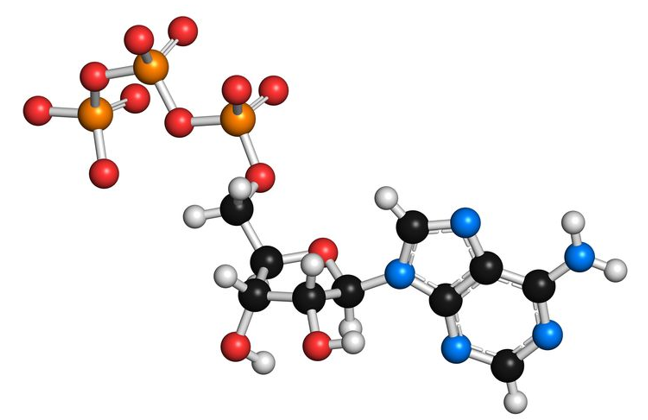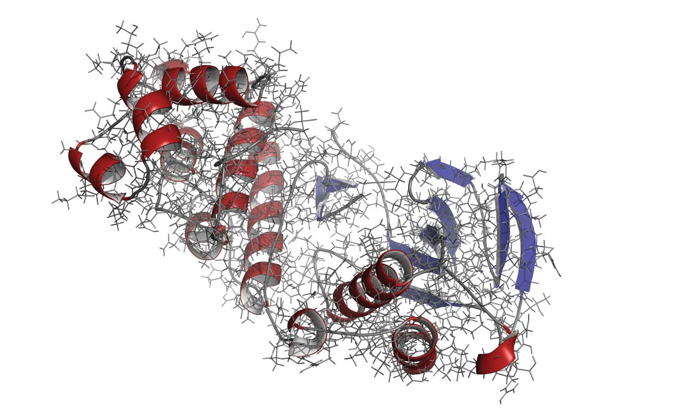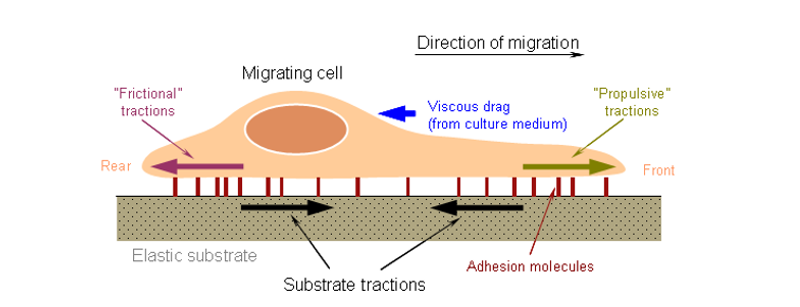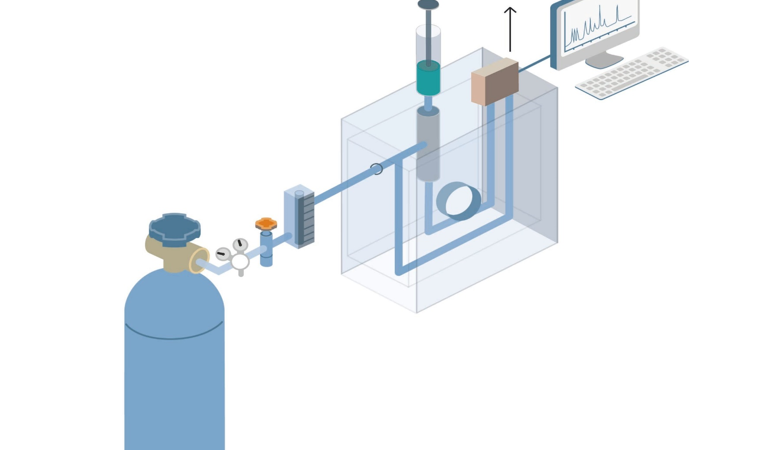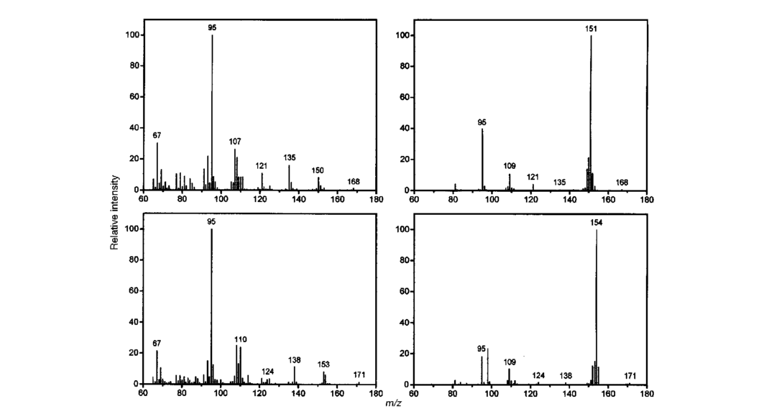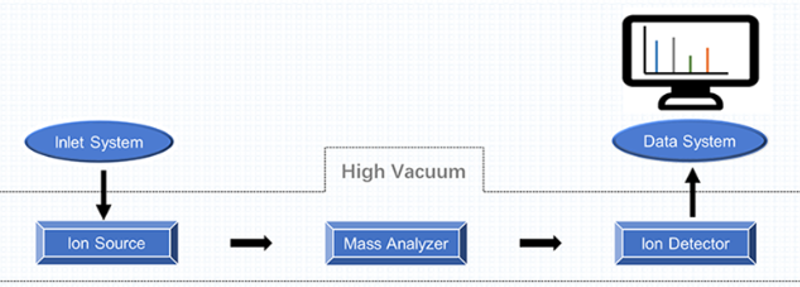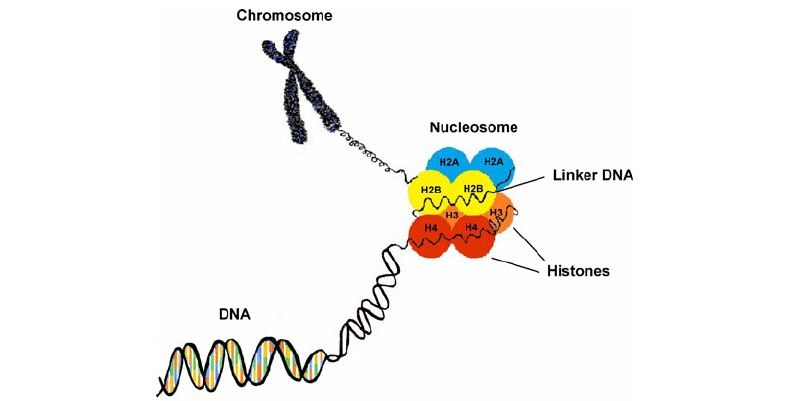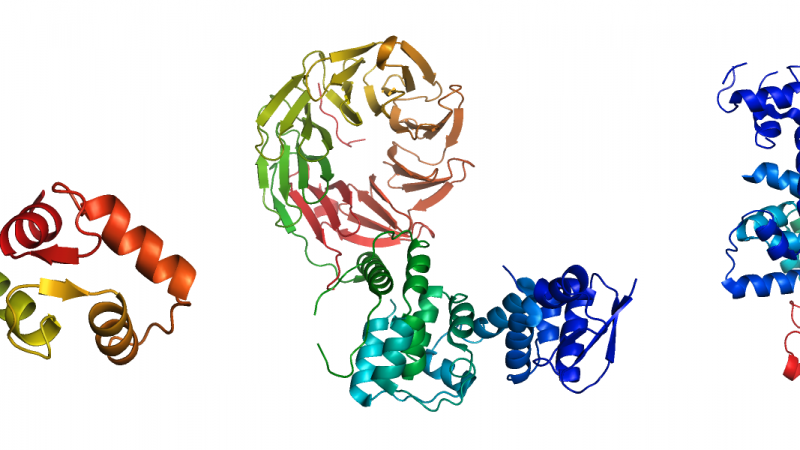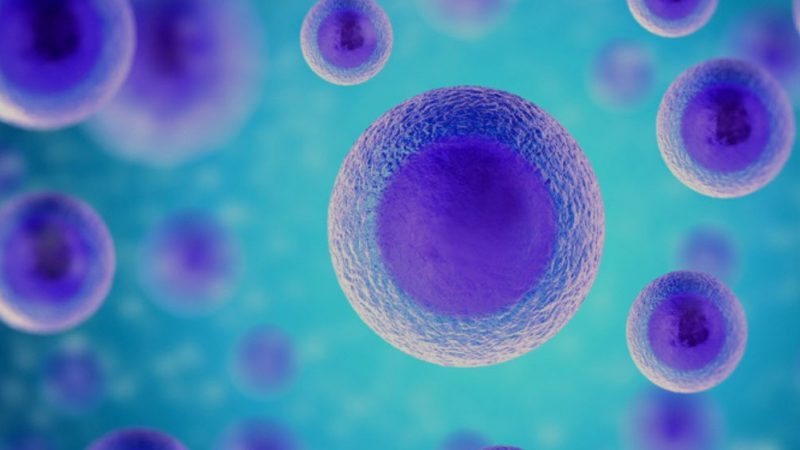Protein phosphorylation refers to a process catalyzed by protein kinase to transfer the γ-position phosphate group of ATP or GTP
The definition and principle of peptide mapping The molecular weight and amino acid composition of the proteins and peptides, as
What is cell migration? Cell migration refers to the movement of cells after they receive the migration signal or feel
What is gas chromatography? Chromatography is a technique that separates components in a mixture by the difference in partitioning behavior
Electron ionization (EI) is an ionization method that is mature and most prevalently used to determine the structure of unknown
Sample molecules are ionized and fragmented in the ion source to form ions of various mass-to-charge ratios (m/z). Ions with
What are histones? Found in eukaryotic cells, histones are proteins that package DNA into nucleosomes. Histones H2A, H2B, H3, and
The aim of proteomics is to completely identify and quantify the entire protein samples that we are interested in. And
The measurement of differential protein expression provides a direct and accurate way to detect global changes in cells. Quantitative proteomics
Cell migration, a key property of live cells, is the process by which cells move from one location to another.
